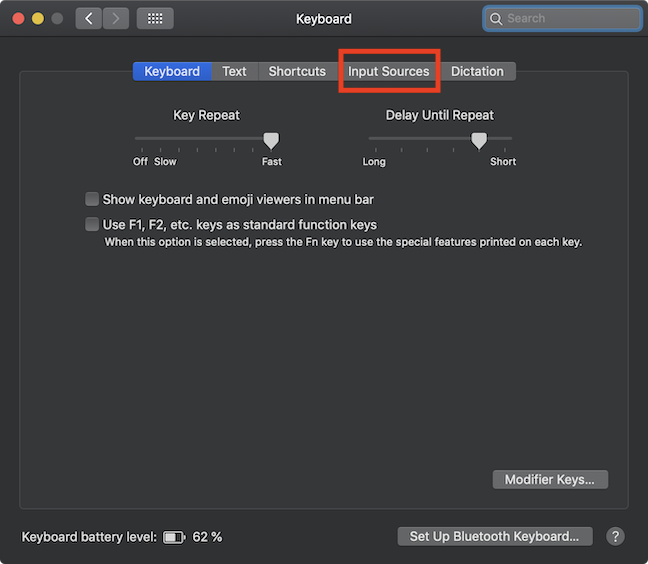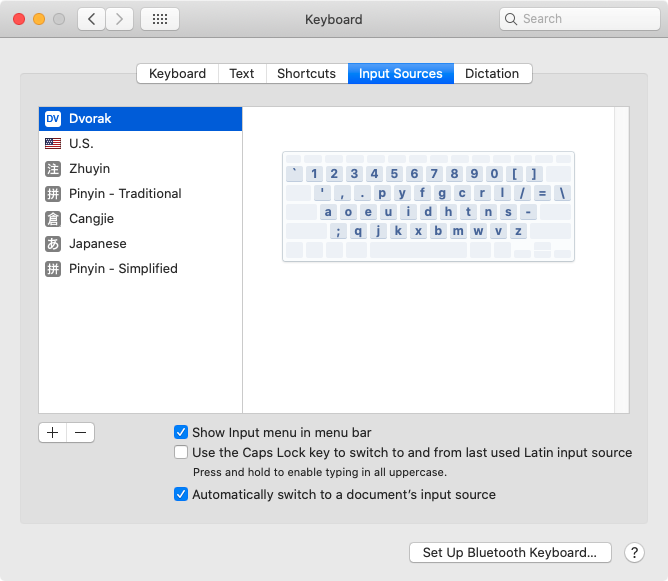
If your lighting is quite low, then you can adjust the LEDs to compensate to some degree, but too low and they won’t be effective at all. Since in most cases, the lighting on the subject is brighter than the LEDs, it will wash out any residual green spill that may appear on them.

The LED LiteRing is attached to the front of the lens on your camera and emits light by a variable controller onto the subject and the reflective background material, which bounces back directly into the lens of the camera. Looking at the subject next to the camera and through the LCD monitor to compare what the camera is picking up from the LED LiteRing. The LEDs emit a unidirectional beam that shines directly at the screen and the light bounces back into the lens in a bright and even pattern. It’s not until you look through the viewfinder or LCD monitor that you truly see what the camera lens is seeing. When you first attach the LED LiteRing to your camera, and turn it on, you can’t imagine looking at the subject against this gray background that it could possibly produce a solid, bright green background! Even standing directly behind the camera you see a predominantly gray background with a soft green glow. Shooting with the Reflecmedia LED LiteRing
Scopebox input sources portable#
If I had my portable Kino Flows on this shoot, there would have been a lot more control of the lighting and even without a scope, we could have had better results.

Note that this was also not the optimum setup for shooting a green screen shot, with only a couple of portable hot lights in tight quarters. Notice there is still a bit of an edge around the subject’s shoulders, which would require further masking and matte refinement to resolve without affecting the area around his head. Shooting without a scope and compositing results. This was no fault of the Reflecmedia system, but only our own, as we didn’t have a proper way to measure this information on-hand.
Scopebox input sources pro#
The built-in keyers in Final Cut Pro couldn’t handle it very well, as the background was too course and noisy. We actually under-lit this shot with the LED LiteRing and had to work a bit harder in compositing with Keylight as a result.


This shot was done without any scope and we had to “guess” at our exposures and the amount of LED light we needed to get the key. I have over-blown some shots, had issues with not enough lumanence in the green channel and just overall poor screen coverage, relying on only the on-camera viewfinder as my monitor in the field! The results of improper balance of lighting the green screen – ESPECIALLY with the projected LED LiteRing, can throw off color balance, saturation and give you an overall horrible key! I’ve even used a balanced field monitor and thought I had a good shot but when I matched the same shot & lighting with a scope, I could see where I was off with both the background lighting and the foreground color balance. He shares the importance of getting the green luminance balanced and centered in the middle of the green spectrum as close as possible to get the best key. I first got my cue about using a scope from Alex Lindsay, who has also posted an article on shooting green screen here on PVC.
Scopebox input sources software#
I’ve been testing the Reflecmedia LED LiteRing system for about a month now, and it wasn’t until I paired it with the ScopeBox software scope that I finally gained some real control in my shots! These products should be bundled in my opinion, because without a scope, it’s nearly impossible to tell on a preview monitor if you’ve got the correct gain or lighting from your LED LiteRing.


 0 kommentar(er)
0 kommentar(er)
